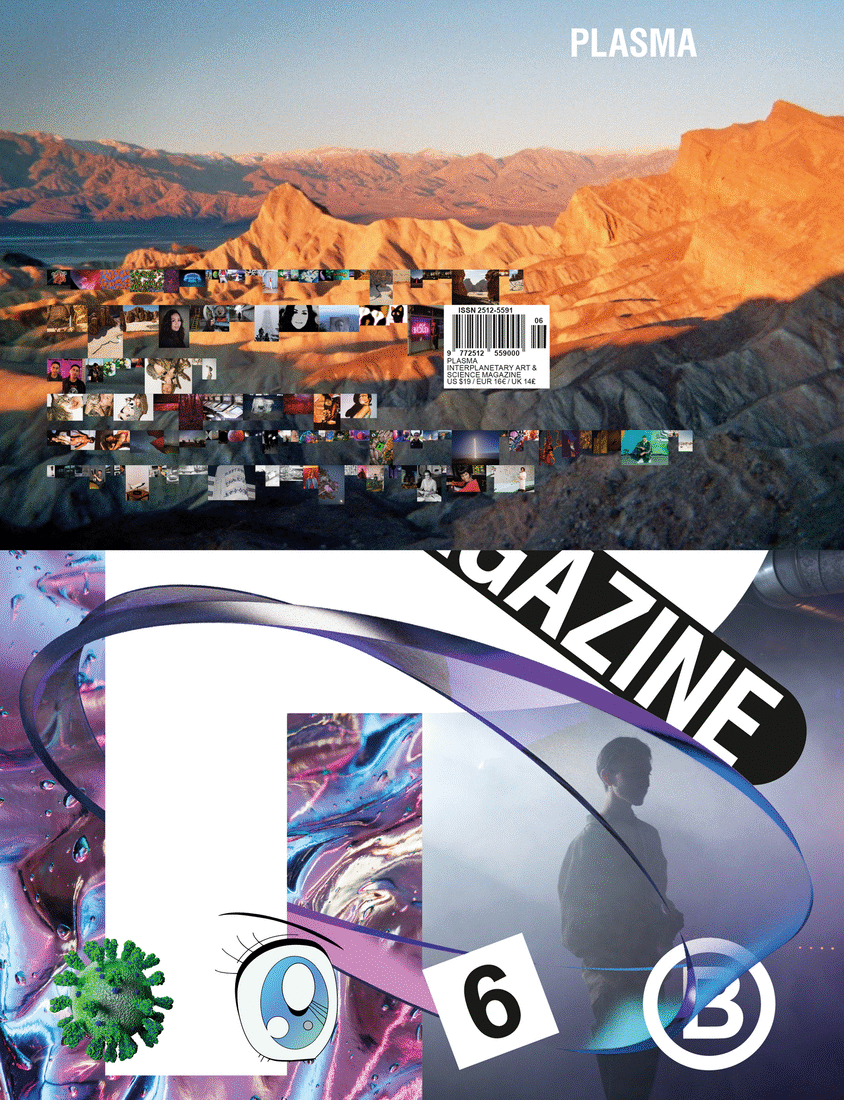3D printing and recycling
Refabricator demonstrates an integrated 3D printer and recycler for the first time aboard the space station. It recycles waste plastic materials into high-quality 3D-printer filament, which could enable sustainable fabrication, repair, and recycling on long-duration space missions. The recycling capability eliminates the need for carrying a large supply of feedstock. Current challenges of this type of 3D printing include quality control and consistency of feedstock material.
Sensory input in microgravity
Changes in sensory input in microgravity may be misinterpreted and cause a person to make errors in estimation of velocity, distance or orientation. VECTION examines this effect as well as whether people adapt to altered sensory input on long-duration missions and how that adaptation changes upon return to Earth. Using a virtual reality display, astronauts estimate the distance to an object, length of an object and orientation of their bodies in space. Tests are conducted before, during and after flight. The investigation is named for a visual illusion of self-movement, called vection, which occurs when an individual is still but sees the world moving past, according to principal investigator Laurence Harris. The Canadian Space Agency (CSA) sponsors the investigation.
Solidifying cement in space
The MVP-Cell 05 investigation uses a centrifuge to provide a variable gravity environment to study the complex process of cement solidification, a step toward eventually making and using concrete on extraterrestrial bodies. These tests are a follow-on to the previous studies known as Microgravity Investigation of Cement Solidification (MICS), which studied cement solidification in microgravity. Together, these tests will help engineers better understand the microstructure and material properties of cement, leading to design of safer, lightweight space habitats and improving cement processing techniques on Earth. This investigation is sponsored by NASA.
From stardust to solar systems
Much of the universe was created when dust from star-based processes clumped into intermediate-sized particles and eventually became planets, moons and other objects. Many questions remain as to just how this worked, though. The EXCISS investigation seeks answers by simulating the high-energy, low gravity conditions that were present during formation of the early solar system. Scientists plan to zap a specially formulated dust with an electrical current, then study the shape and texture of pellets formed.
Principal investigator Tamara Koch explains that the dust is made up of particles of forsterite (Mg2SiO4), the main mineral in many meteorites and related to olivine, also known as the gemstone peridot. The particles are about the diameter of a human hair. The ISS National Lab sponsors the EXCISS investigation.
Better gas separation membranes
Membranes represent one of the most energy-efficient and cost-effective technologies for separating and removing carbon dioxide from waste gases, thereby reducing greenhouse gas emissions. CEMSICA tests membranes made from particles of calcium-silicate (C-S) with pores 100 nanometers or smaller. Producing these membranes in microgravity may resolve some of the challenges of their manufacture on Earth and lead to development of lower-cost, more durable membranes that use less energy. The technology ultimately may help reduce the harmful effects of CO2 emissions on the planet.
Credits: NASA
credit Blog NASA

